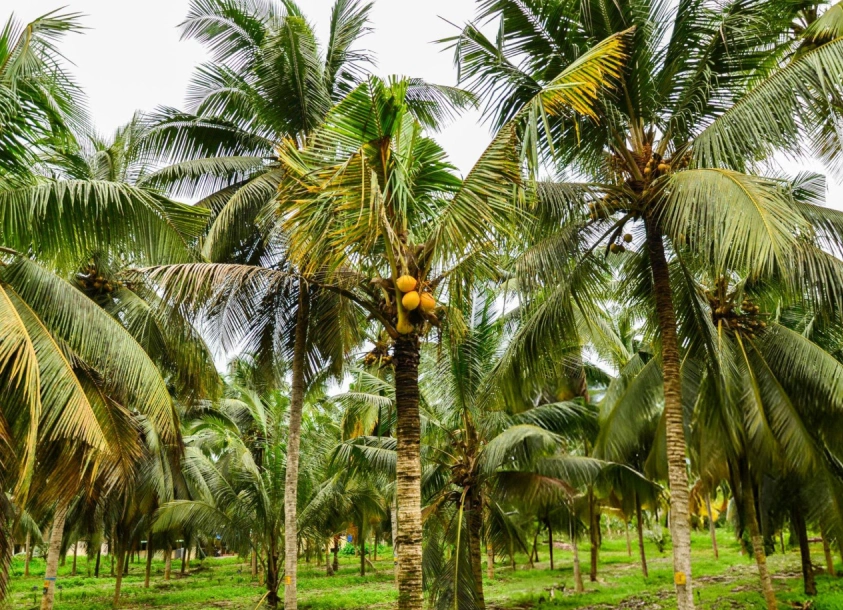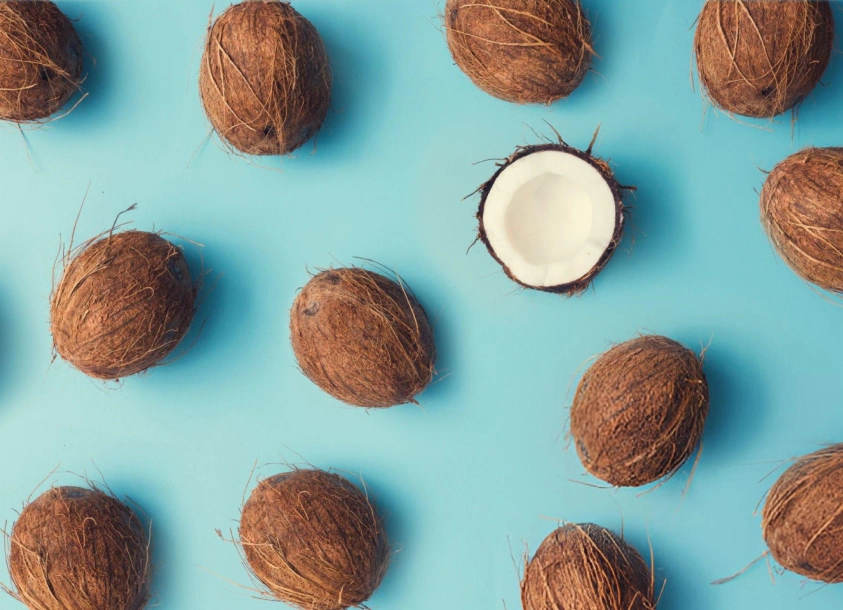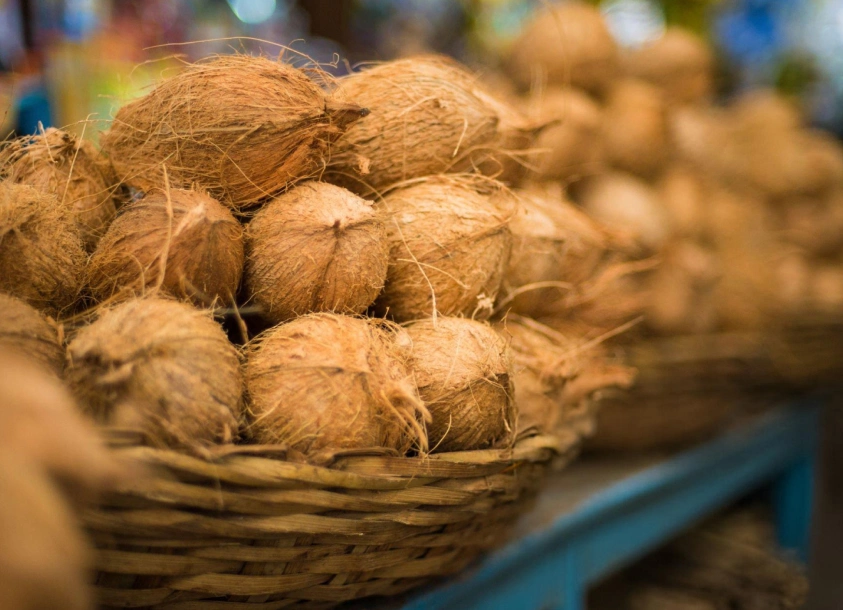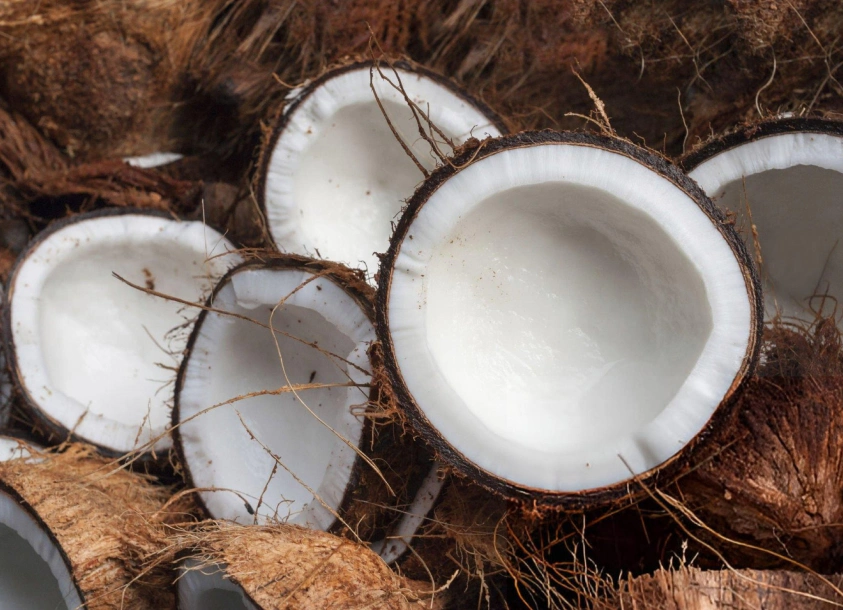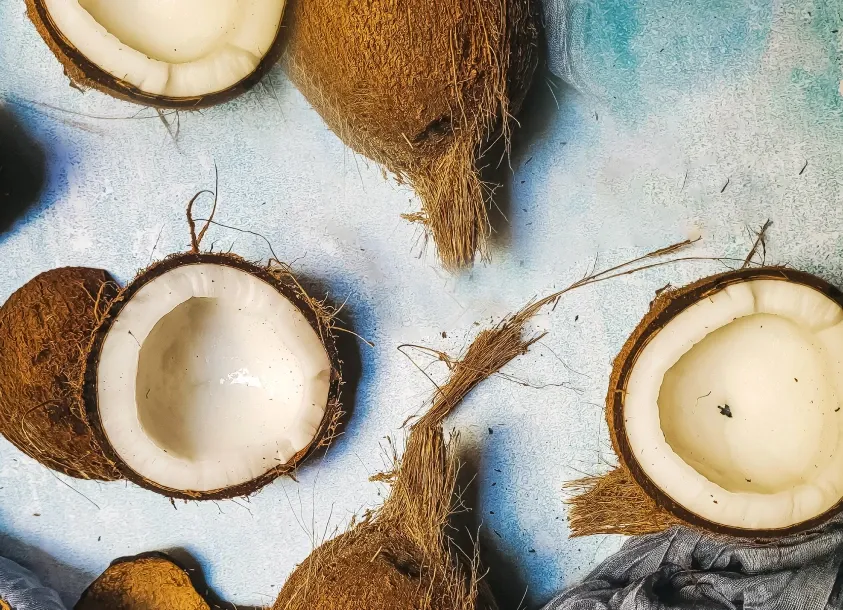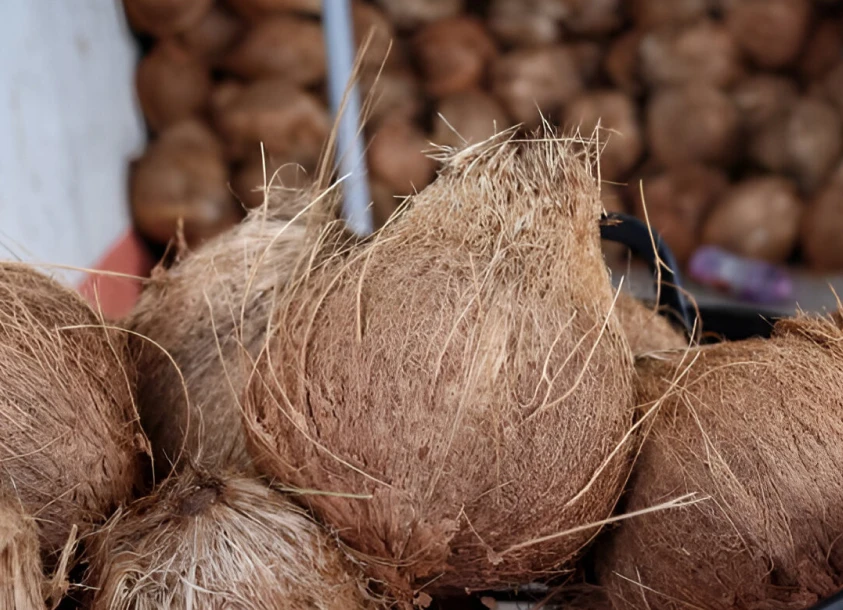Long-Haul Coconut Shipping from India: How Exporters Ensure Safe Transit
Long-Haul Coconut Shipping from India: How Exporters Ensure Safe Transit Why Long-Haul Coconut Shipping Matters for Global Buyers Long-haul coconut shipping plays a pivotal role in sustaining India’s dominance in the global coconut trade. As international demand rises in regions like the Middle East, Europe, and North America, ensuring that coconuts arrive in perfect condition after weeks at sea becomes a critical responsibility. This process not only preserves the fruit’s shelf life and taste but also supports the reputation of Indian exporters in highly competitive global markets. Coconuts are sensitive tropical fruits. Any delay, improper packing, or exposure to moisture can lead to sprouting, spoilage, or cracking. Therefore, exporters have refined methods to minimize these risks and ensure successful deliveries under variable weather conditions and unpredictable ocean routes. Long-haul coconut shipping from India is no longer just a logistics task; it’s a science of preservation. Pre-Shipping Preparations and Packaging: The First Line of Defense Before the coconuts even enter a shipping container, several layers of protection are set in place: Rigorous selection process: Only fully mature, damage-free coconuts are chosen. This prevents weak shells or premature sprouting. Drying protocols: Coconuts are dried under controlled conditions to reduce internal moisture, a vital step for long-distance shipping. Use of moisture-safe coconut packing: Exporters often wrap coconuts in breathable jute or coir fiber, sometimes adding silica gel sachets or lining sacks with desiccant-absorbent paper to control humidity. Batch tagging and traceability: Each lot is labeled for traceability, making it easier to address customs regulations or buyer concerns. Compliance with phytosanitary norms: All coconuts undergo inspection for pests and diseases, especially when exporting to countries with stringent import laws. Together, these steps prevent quality degradation and prepare the consignment for weeks of transit across oceans. Coconut Sea Freight Packaging: Engineering Stability and Ventilation Proper packaging is the backbone of successful coconut exports. Exporters have moved beyond traditional sacks and now deploy smarter, container-compatible solutions. Today’s coconut sea freight packaging involves layered, breathable materials that allow for airflow while reducing bruising and moisture accumulation. The shape of the coconut also dictates packaging strategies. Husked coconuts, for example, are packaged in mesh sacks that help some evaporation, while semi-husked coconuts may be placed in double-layered mesh bags, which preserve some fiber on the exterior of the coconut and decrease damage during transport. Premium shipments are done in wooden or plastic crates that may contain dividers. In addition, stacking is very influential in using the container space to its maximum and to avoid pressure damage. These bags or crates are docked on pallets, wrapped in shrink wrap, strapped, and cannot move even in choppy seas. Packaging engineers consider weight distribution as well as cooling trends within containers, another factor of international shipping logistics that is not found in the literature. Stabilizing Shipments: Containerized Coconut Export Techniques To protect bulk shipments during long sea voyages, exporters rely on advanced container strategies, tailored for tropical produce: Use of ventilated or reefer containers: Ventilated containers are preferred for short-to-medium routes, while reefer (refrigerated) containers are used for delicate cargo or extended durations. Strategic pallet loading: Pallets are loaded in a cross-stacked manner to maximize airflow and prevent load shifting. Humidity control inside containers: Exporters place desiccant packs or install humidity control strips to maintain stable internal moisture levels. Secured bracing systems: Each pallet or crate stack is secured using wooden braces or airbags to prevent toppling during high-sea turbulence. Real-time monitoring: IoT-based container tracking helps exporters and buyers monitor internal temperature, humidity, and transit progress. All these techniques are part of modern containerized coconut export standards, enabling damage-free arrivals across international ports. The Role of Indian Ports and Freight Ecosystems in Long-Haul Shipping India’s upgrading of port and freight infrastructure is also beneficial for long-haul coconut shipping. Exporters make use of good coastal connections, using hubs like Chennai, Tuticorin, Cochin, and Mangalore. Also, cargoes handled at these ports have more sophisticated container handling and support for reefer plug-ins, and customs clearance is easier and faster. The complete coordination, particularly for temperature-sensitive cargo, is then taken care of by experienced freight forwarders in tropical fruit shipping solutions. Exporters mitigate inland transit time as well as risk by consolidating the shipments at warehouses closer to the port, and then making direct bookings on the sea leg. Moreover, India’s proximity to high-demand markets like the Gulf and Southeast Asia allows for partial loads or weekly sailings. These frequent schedules give exporters flexibility and buyers assurance. Government support through schemes like the Agricultural and Processed Food Products Export Development Authority (APEDA) further strengthens the coconut export ecosystem. Real Benefits of Strategic Coconut Transit Practices When done right, long-haul coconut shipping isn’t just about reaching far-off destinations. It leads to: Lower spoilage rates: Careful packing and ventilation eliminate mold growth and prevent breakage. Enhanced buyer confidence: Consistent quality leads to repeat orders and better long-term relationships. Scalability for exporters: With reliable logistics in place, small exporters can scale up to global volumes. Positive brand differentiation: Exporters who invest in packaging and logistics win customer trust in saturated markets. Compliance with international norms: Proper moisture-safe coconut packing ensures smooth customs clearance, avoiding costly rejections. These results underline the importance of best practices in export coconut transit stability and demonstrate how logistics innovation directly supports revenue growth. The Future of Long-Haul Coconut Shipping Is Precision-Driven As a result of this increasingly cutthroat export market, long-haul coconut shipments to destinations outside India have become not merely about getting the coconut from one port to another in the country. It is about pre-shipping selections, packing the coconuts to containerized loading and climate-controlled shipping; it’s about doing things in a particular way. With smart packaging materials, air flow sensitive boxes, and innovative port logistics, Indian exporters have set a new standard for reliable tropical fruit shipping. As the coconut demand increases globally, these processes should continue to be improved. Packaging innovations for export, such as those concerning coconut sea freight packaging, stability in container handling, and control of relative

